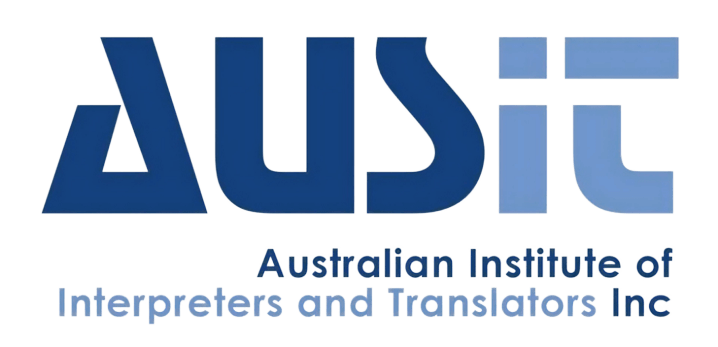SUBTITLING
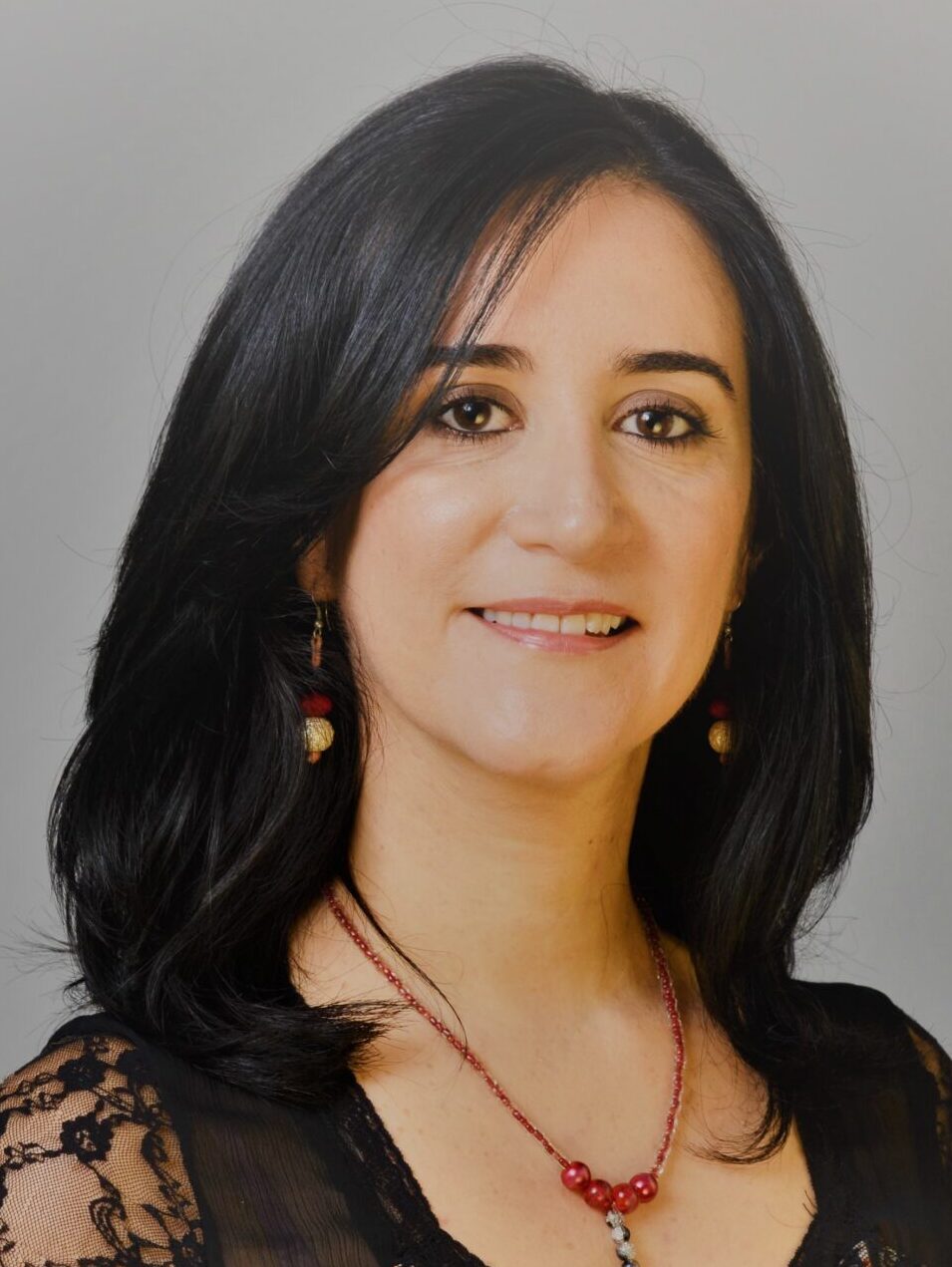
Delivering live subtitles for a major international sporting event in more than one language is a race in itself. Live subtitlers Nancy Guevara and Jemma Ives share their experience of doing so for the French Open tennis tournament (also known as Roland-Garros).
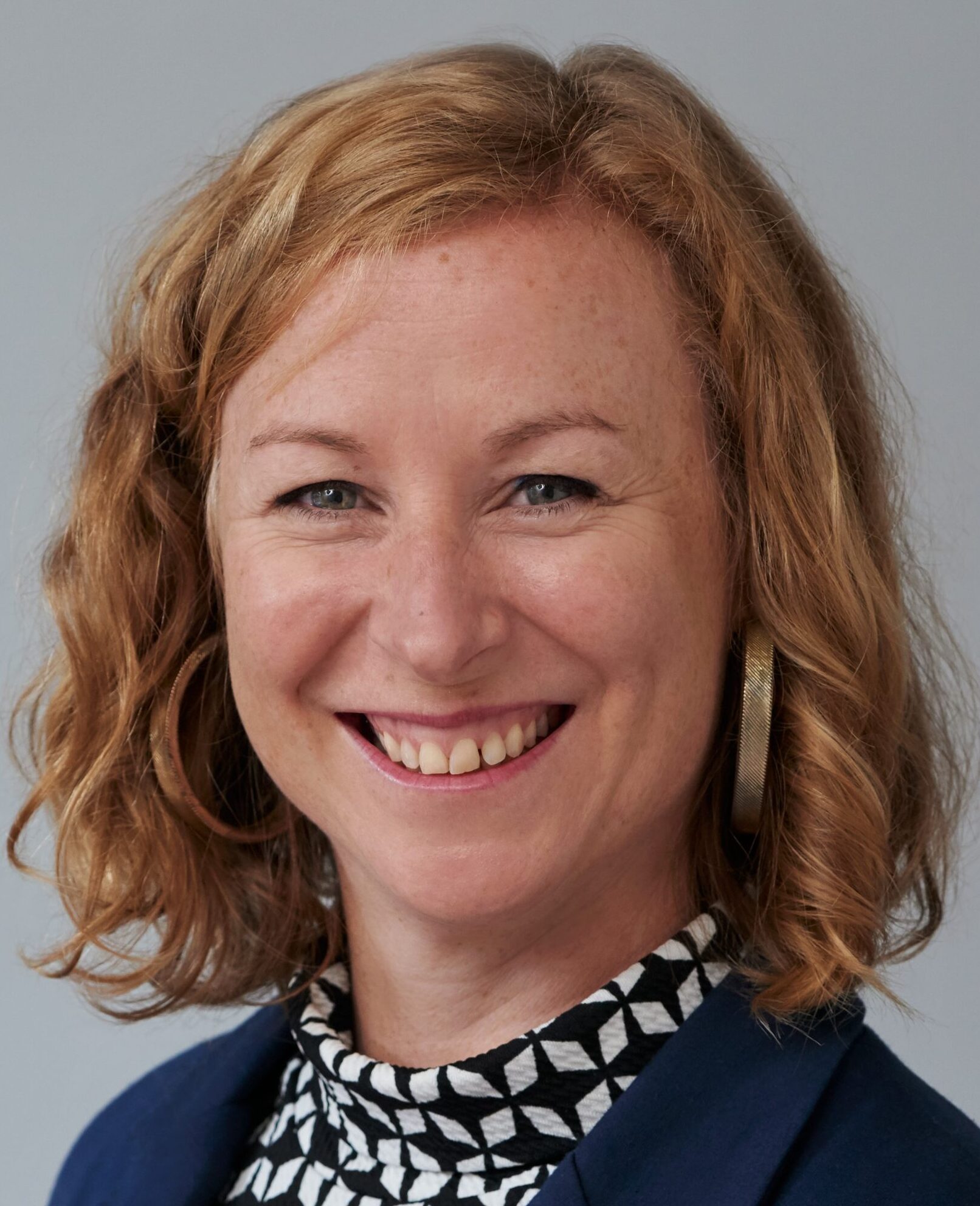
‘It was an opportunity of a lifetime. Dear Novak, we can’t wait to respeak you again soon!’
Novak Djokovic is on court. Two games before the end of the match, we receive an orange alert: time to get ready. Hearts racing, hands sweating, we do our final checks:
- A quick message to our team: ‘Are we on the right court – Chatrier/Lenglen/ Mathieu?’
- Send the test line to check that the captions are being sent to the right court and are displaying properly.
- Check that the interpreter sound is coming through clearly on the correct audio channel.
- Check that all the systems are in working order, including the back-up equipment.
We glance at the score: Djokovic has won. The red alert message comes through. Will he speak in English or French? The on-court interview begins. Go! Our hearts stop briefly. The first caption has displayed well on the big screen of the tennis court. Breathe. Keep going!
During the cold winter month of June 2023, for fifteen consecutive nights, we were both transported (alas virtually, each from our own home-based workspace) all the way to beautiful Paris. We were part of a team of interpreters and live subtitlers working remotely to deliver French interpreting of on-court interviews for the live broadcast of Roland-Garros 2023, and the English and French subtitles on the big screens for the crowds on the three major courts.
The Paris-based agency Abaque* was entrusted with the massive task of providing both the technology and the human resources to deliver these interpreting and live subtitling services for one of the biggest tennis tournaments in the world.
For Abaque, the task of planning and organising the service was huge: getting the technical workflow in place, finding interpreters, respeakers** and providers, renting equipment and having it delivered, getting clear instructions from the client, communicating with everyone involved, and – most importantly – running many tests. The test period lasted about a week and a half. Nothing was left to chance: every single part of the workflow had a backup, and everything was tested and re-tested.
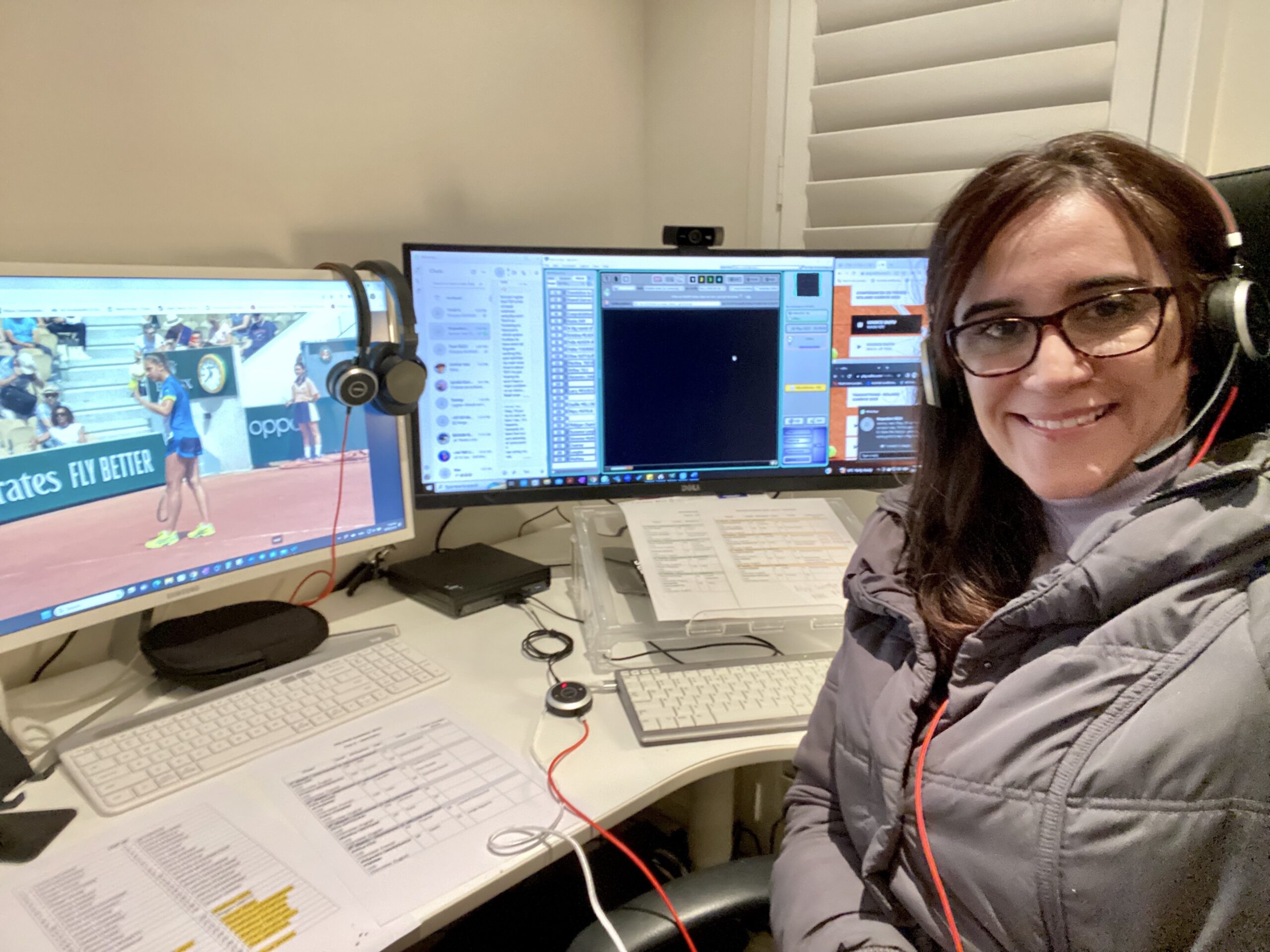
According to Abaque’s project coordinator, Margaux Bochent,
The selection of linguists was a crucial step: I needed to find interpreters and respeakers who were comfortable with such a mission, with an appetite for challenges and tennis-related content, who were flexible with the schedule (long shifts, on-call periods, different time zones) and who were proactive. But what made a real difference compared to the previous Roland Garros editions we worked on was that I had enough time to get to know the linguists before I selected them. The result was a success: a splendid human experience, all team members were committed and showed solidarity with each other. That’s, according to me, one of the reasons for the success.
But it wasn’t an easy ride. We began preparation for this event back in March, with multiple meetings held to test the software and workflow we’d be using. In April, we began immersing ourselves in the world of tennis, to understand the background knowledge we’d need: the terminology, the big names, the history, and the latest news on the Grand Slam circuit. We read tennis news, watched documentaries, listened to podcasts, and chatted with friends who live and breathe tennis. We prepared our equipment and software to ensure everything was in top working order, and also prepared a backup set of equipment – including computer, headphones, various software, internet connection, even a backup power source. As the start of the event approached, we began preparing for the respeaking process itself: training the software’s vocabulary with all the key terms, the names of the main courts, the on-court interviewers, the players (including their nicknames) and their coaches, plus their partners and other family members likely to attend. We tested to ensure good recognition of terms, and we practised respeaking using press conferences from previous Grand Slams. And in the final week, we spent a day practising within our teams, each of which was made up of a French–English interpreter, a French respeaker and an English respeaker, to prepare for every possible situation.
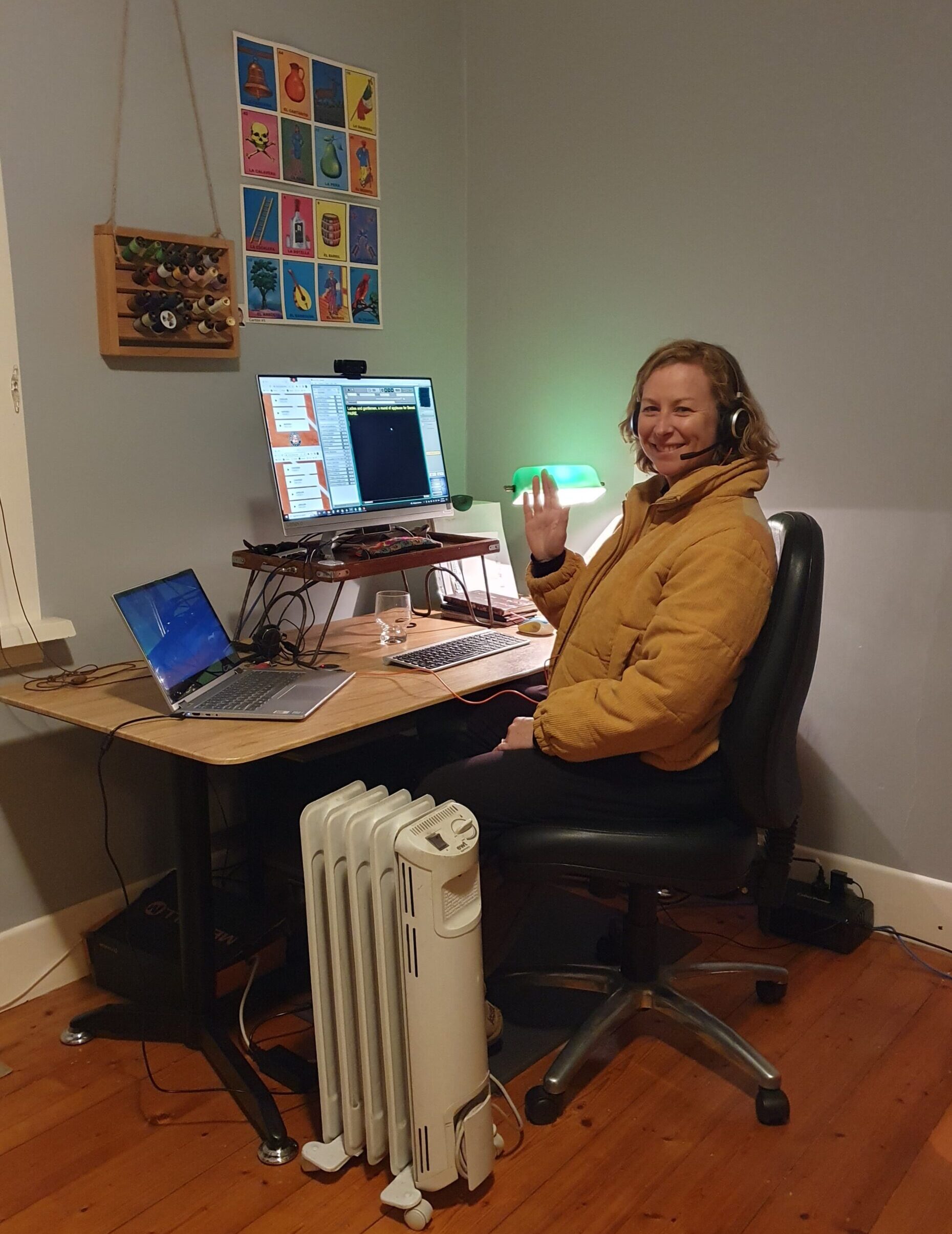
And then, finally, after all of this preparation, our night shifts at Roland Garros finally began – amongst nerves, excitement and some very strange sleeping patterns! We continued to prepare, but this time it was more targeted preparation for the matches scheduled for that day, training and testing terms and names, reviewing the procedure to follow and any amendments to it, and triple-checking that all the technology was performing as expected.
At times, the technology was not on our side. Several software packages were used in the workflow, and each had issues at some point: not responding quickly enough, introducing unexpected errors into the captions, or interacting with one another in unexpected ways. We had to resort to our backup equipment on more than one occasion.
Another big challenge was meeting expectations about the minimum possible delay in the subtitles appearing on screen. In a live setting, some delay between the spoken word and the captions appearing on screen is unavoidable, and when interpreting must be carried out before subtitles are produced and delivered it is longer. Added to this are any delays introduced by glitches in the technology, the interpreter processing information, language switching during the interview, and the respeaker correcting any important errors. With constant communication with the project coordinator over the course of the event, along with software adjustments, preparing shortcuts, trying different respeaking speeds and implementing editing solutions, we were able to reach a reasonable delay (around six seconds is ideal), and to keep the client happy overall.
‘… we were both left with an immense sense of accomplishment, and a newfound interest in tennis.’
Working on this project was an incredibly enriching experience. It gave us the opportunity to learn so much: about tennis; about working remotely and under pressure, troubleshooting, making adjustments and adapting; about using technology to effectively communicate with colleagues to achieve an ideal workflow; but most of all, we learnt the value of working in a great international team. It was a privilege to work with Abaque, who approached the coordination of this project with such positivity, professionalism and generosity. They had great planning and processes, shared information well, were willing to understand every team member’s perspective and accept feedback, and had a collaborative attitude of ‘let’s fix this together’ when challenges arose.
So, after fifteen nights of witnessing great tennis … of ongoing preparation and constant testing … of feeling nervous and excited every time we received an orange alert … of dealing with the imperfections of technology … of great teamwork and interesting conversations … we were both left with an immense sense of accomplishment, and a newfound interest in tennis. It was an opportunity of a lifetime. Dear Novak, we can’t wait to respeak you again soon!
* Note: Nancy and Jemma have obtained Abaque’s permission to share this experience.
** Respeaking is one of five methods used to create live subtitles. You can read more about it in a pair of articles Nancy wrote for us on this recently emerged T&I-related skillset. You will find them in our Autumn and Summer 2021 issues, here and here.
Nancy Guevara is a Spanish translator and live subtitler / speech-to-text interpreter based in Queensland. Nancy started working as a live subtitler in 2019 upon completing specialised training wsith the University of Vigo, Spain, and recently graduated with a Master of Accessibility to Media, Arts and Culture from the University of Macerata, Italy. She has accumulated valuable experience providing live subtitling services for high-profile international clients and public institutions.
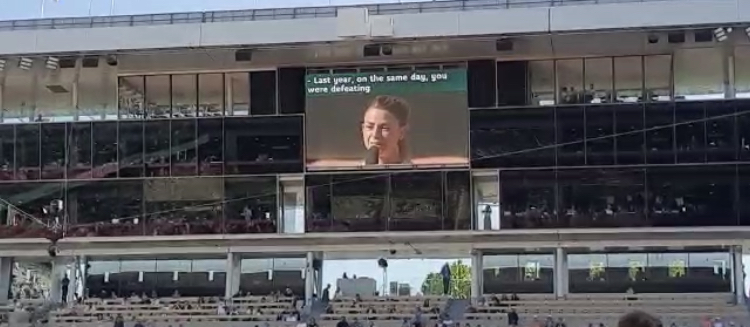
Jemma Ives is a live subtitler, an interpreter, a translator, and a sessional T&I trainer at Monash University. She has dedicated her working life to language and communication, has extensive experience working in both corporate and community contexts, and believes in the power of sharing and collaboration between colleagues. Jemma is a member of In Touch magazine’s Editorial Committee.


